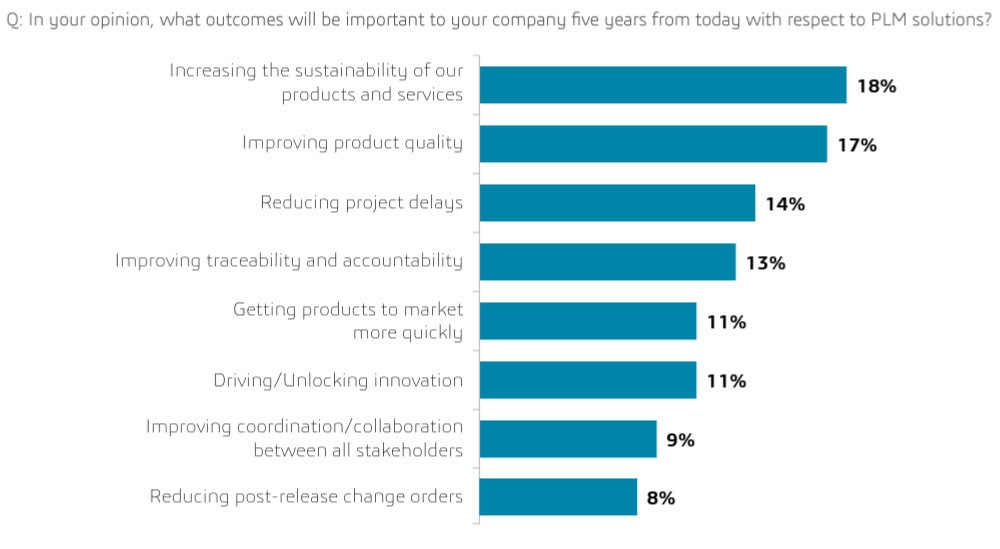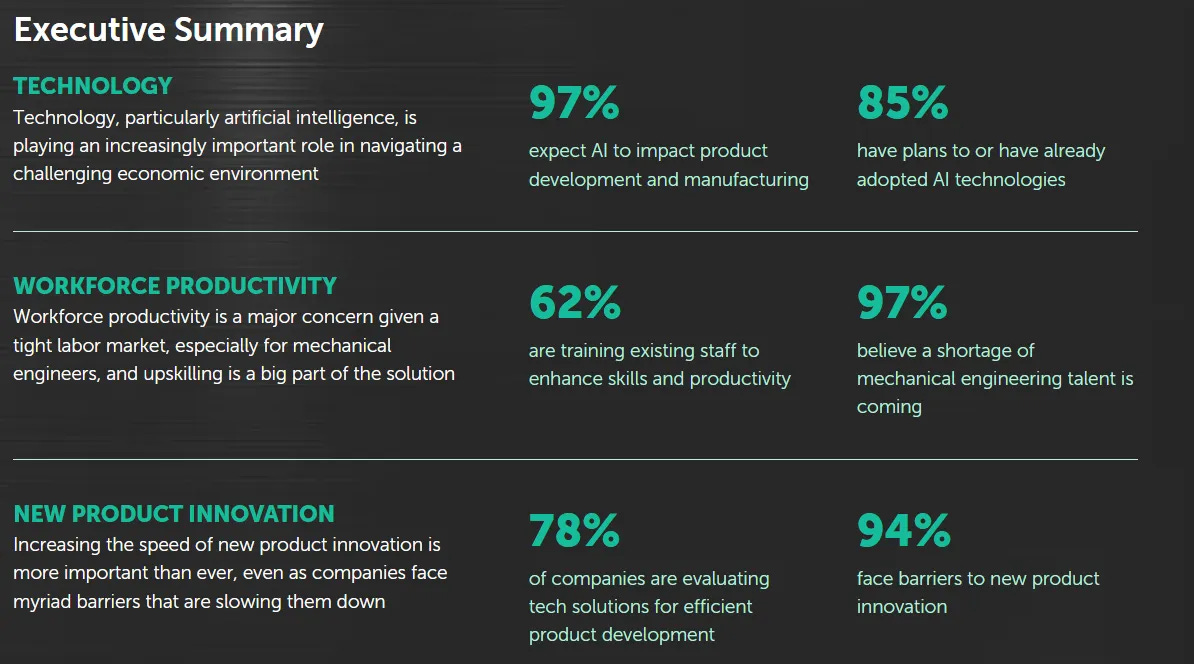🚀 Shaping the Future - Issue 07
Plant-based plastics, known as bioplastics, have constituted a mere 1% of global plastic production for over a decade, partly due to their 50% to 80% higher costs compared to traditional plastics.
🧠 A.I use cases in manufacturing
In the realm of manufacturing, a tangible example of AI's impact shines through Wienerberger AG, a well-known brick manufacturer spanning North America and Europe. Their pursuit of excellence led them to partner with AI and advanced analytics pioneer SAS. Together, they've harnessed AI's power to fine-tune energy consumption and process efficiency.
For industry players like Wienerberger, adhering to Europe's CO2 reduction and energy efficiency mandates has catalyzed significant process upgrades. This journey towards sustainability isn't just compliance; it's a portal to heightened competitiveness.
Wienerberger employed SAS' Energy Cost Optimization Solution, employing AI and advanced analytics to empower process engineers with insights into energy-related process parameters. This data-driven approach, steering clear of less precise rules, slashed variability in crucial process aspects. The result: energy targets met without hampering production.
Decision-makers are faced with a daunting array of solution providers. In some cases the ROI of a specific use case in a specific application at a specific plant may be very compelling from a stand-alone solution provider of any size. But it is clear that the ability to scale a point solution across a wide range of use cases and facilities must be considered with a wider and fuller perspective. In this context, the established platform, service offerings, and IoT and partner ecosystem offered by a seasoned and experienced analytics provider, are of great benefit to ensure scalability, stability, speed, and longer-term overall ROI benefits.
📈 Key Industry Trend to Keep an Eye On
Plant-based plastics, known as bioplastics, have constituted a mere 1% of global plastic production for over a decade, partly due to their 50% to 80% higher costs compared to traditional plastics. However, their production is increasing by 14% annually, potentially reaching up to 3% of the plastics market in the next five years. They are even expanding faster than recycled plastics in regions like China and Japan, where ecological materials are mandated. While plant-based plastics present a more environmentally friendly alternative, their adoption requires regulatory support and innovative approaches to recycling and feedstock availability.
Fashion and food-packaging industries are leading the demand for bioplastics, with interest growing in cosmetics, electronics, and durable goods sectors. Despite challenges such as cost and end-of-life considerations, some companies like Lululemon and Eastman Chemical are adopting bioplastics. To make the economics of bioplastics work, regulatory support is crucial, as well as efforts to find alternative biofeed sources. While bioplastics may not replace traditional plastics entirely, they offer a significant step towards more sustainable material use in various industries.
📚 What we’ve read this week
State of Production Health [Augury]
70% of organizations rank the ability to meet their full production potential as good to excellent, but many struggle to quantify Artificial Intelligence (AI) investments and say unreliable equipment and unplanned downtime prevent them from reaching operational goals.
While production health is a fairly new idea in manufacturing, it ranked
second among top AI use cases, just behind supply chain optimization
(40% and 41% respectively).
71% of manufacturers say that sustainability targets either hurt or
have no impact on their ability to meet production goals.
Plant-Based Plastics Gain Favor in Pursuit of Sustainability Goals [WSJ]
Industries like fashion and food packaging are becoming enthusiastic adopters of bioplastics, with notable brands like Lululemon and Eastman Chemical leading the way. These bioplastics offer ecological advantages by emitting fewer greenhouse gases during production and sometimes causing less pollution upon degradation. However, their wider integration hinges on regulatory backing to bridge the cost gap and encourage adoption. While challenges involving end-of-life management and biofeed sourcing persist, the escalating demand for sustainable alternatives underscores the growing significance of bioplastics in reshaping the landscape of materials.
Present and Future Outlooks of PLM in Manufacturing [Dassault]
Dassault surveyed 300 individuals employed in Industrial Machinery (30%), High Tech and Electronics (30%), as well as Transportation and Mobility (28%) companies. The survey aimed to understand their current and future perspectives on Product Lifecycle Management (PLM), their usage of virtual twin technology, and how PLM assists them in accomplishing their sustainability goals.
State of Manufacturing [Fictiv]
In 2023, one thing’s clear: Across companies of all sizes, increasing the speed of new product innovation (49%, a jump of 11% YoY) has become much more important, especially for engineering leadership. And that means companies need higher-performing and more resilient supply chains to keep up with the pace of innovation.
China is 5 Generations Behind in Chip Manufacturing [Digitimes Asia]
Gerald Yin, founder and CEO of China's Advanced Micro-Fabrication Equipment Inc. (AMEC), has claimed that the U.S and its allies have stunted China's growth in the semiconductor industry, creating a significant technology gap. Since 2019, the U.S implemented 15 rounds of restrictions on semiconductor-related technology, with the goal of keeping China's semiconductor technology at least five generations behind foreign nations. This includes the 14-nanometer process, pushing China from the 3-nanometer process back to a 14-nanometer process and restricting its industry to processes of 28 nanometers and above. According to Yin, this has enlarged the gap between China's semiconductor technology and that of foreign countries, from a 2-generation difference to a 5-generation difference.
🎤 Upcoming Event
👋 Get Involved
Join the Industry 4.0 Club and be part of our vibrant community, dedicated to shaping the future of manufacturing. By actively participating, you can make a meaningful impact in advancing Industry 4.0 and contribute to reshaping the manufacturing landscape.
We’re always looking for new contributors to share their expertise, experience and spread the word. You can contact us directly at info@industry40club.com with subject like “Getting Involved” and follow us on all social media (LinkedIn & Twitter) or donate to help fund the club’s activities.
💬 About Shaping the Future
Shaping the Future is Industry 4.0 Club’s official newsletter. We’ll be experiencing different formats over the coming weeks until we find the one that resonates the most with our members. You can help us improve by sharing feedback and suggestions. The newsletter will land in your inbox every Sunday morning; please subscribe to not miss anything and forward the email to someone you think would benefit from this.
If you were forwarded this and found it interesting, please subscribe and share!







